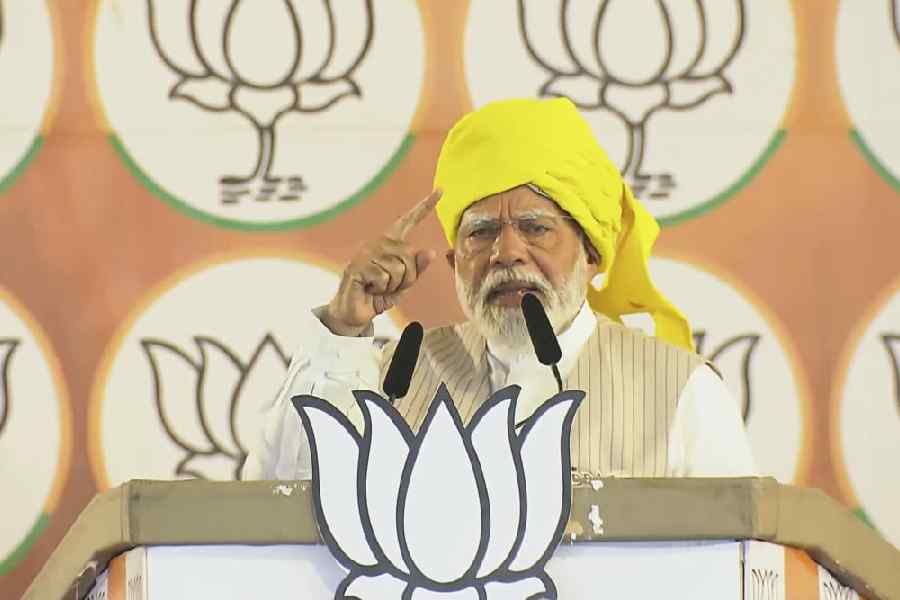A flurry of activity in the banking industry is expected in the next six-eight months as lenders initiate the process of selecting partners to measure the carbon footprint of their assets after the RBI on February 28 came out with the draft disclosure framework on climate-related financial risks, 2024.
The RBI has proposed that banks, NBFCs and other financial institutions should calculate "financed emissions" — the portion of gross greenhouse gas emissions that can be attributed to the loans of a borrower from the lender.
As per the draft guidelines, scheduled commercial banks and top-tier NBFCs are expected to disclose the details of their governance, strategy and risk management on climate-related financial risks from FY26 onwards and subsequently disclose metrics and targets to lower emissions from FY28 onwards.
Start-ups engaged in the field of sustainability management and reporting see this as an opportunity to scale up with the RBI coming out with a proposed framework with specified deadlines for the lenders to follow.
Ankit Jain, co-founder and CEO at Stepchange, a start-up that was founded in 2022 along with another MIT alumnus Sidhant Pai to empower financial institutions and large enterprises with tools needed to decarbonise their business model, said that calculating financed emissions is a big challenge to lenders.
"Banks today deal with a wide spread of borrowers including institutes and individuals who do not have the sophistication to measure emission themselves. As an example, greenhouse gases today are emitted by cars that individuals drive as well as coal-based power power plants that are run by power generating companies, and both are financed by lenders. So, a significant focus is now towards improving data collection and access and developing models that can estimate financed emission," Jain, who was one of the co-founders of Ola Electric, said.
"The next challenge once you measure financed emission is how to then reduce it. These are clearly big problems and therefore present an opportunity for start-ups like us," Jain said.
In February, Stepchange announced a strategic investment from global venture capital firm Flourish Ventures to build sustainability tools for financial institutions.
Future strategies
Banking industry observers anticipate several strategies could emerge among lendersh.
Bigger banks, which would still be required to finance high-emission projects such as coal-based power plants, may look to double down on financing rooftop solar projects and electric vehicles.
Smaller banks could look at a portfolio redistribution and may even significantly lower exposure to high-emission projects and companies.
Lenders have already sought from RBI priority sector sector classification for credit towards emission reduction technologies.










